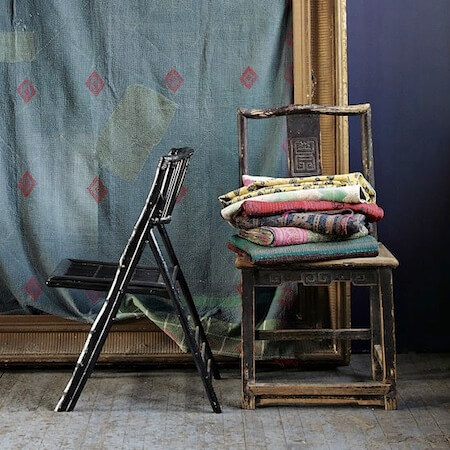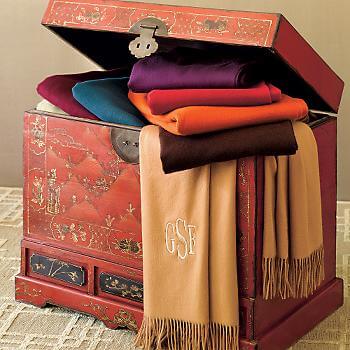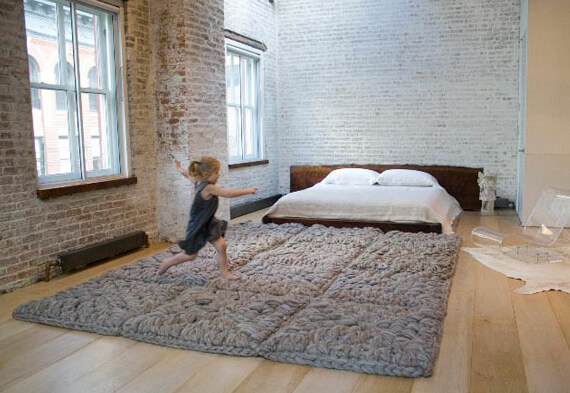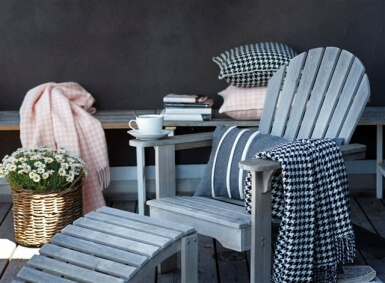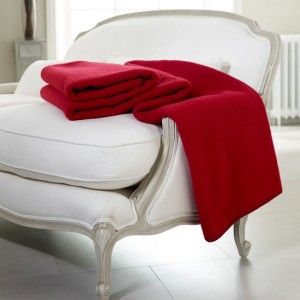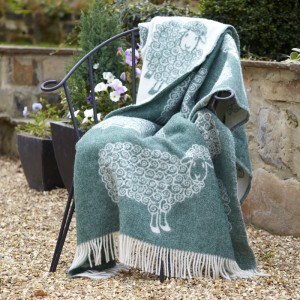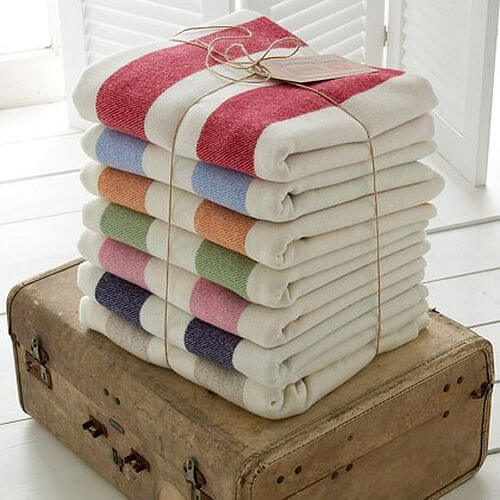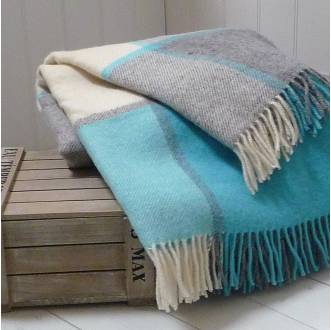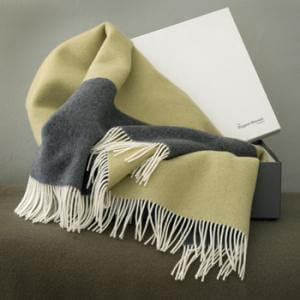Alpaca throws and clothing are on high demand and popular for several reasons. The alpaca wool fibers are similar to ones of sheep but warmer and do not have poky fibers that make other wool fabrics itchy and not that comfortable to wear.
Alpaca wool products make a perfect choice for those who have skin and other allergies but still want to wear wool or use it at home. Sheep’s wool is full of lanolin and this makes it unsuitable for allergic people or those with sensitive skin to wear. Simple as it seems, this is still an important reason that contributes to popularity of alpaca throws, blankets, clothing and accessories.

